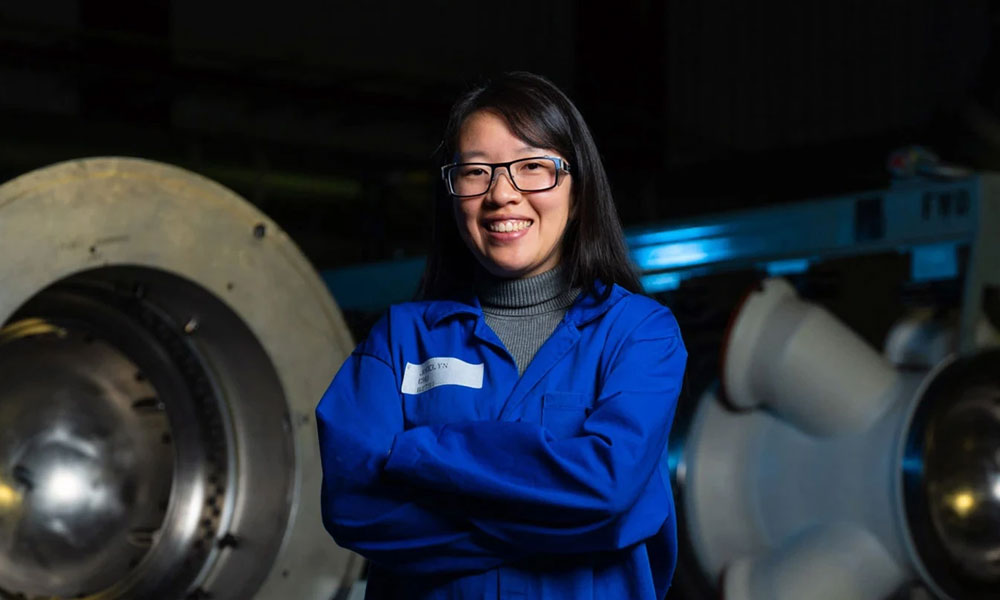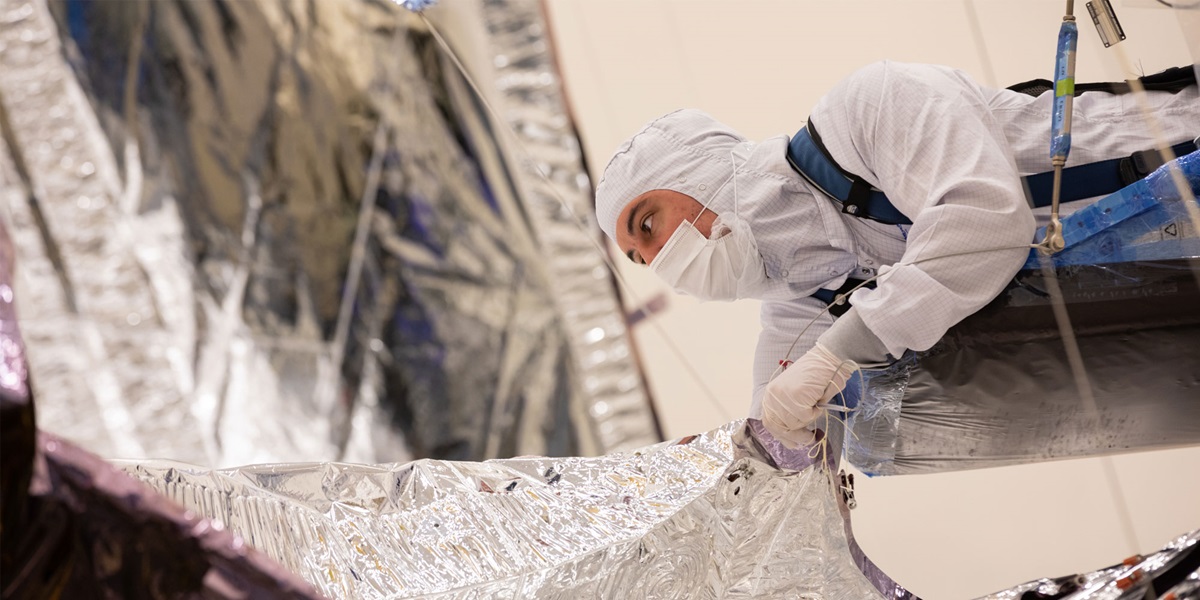By Stephanie Flyger
Talk to Jim about his job as an atmospheric scientist for more than five minutes, and you’ll likely hear his favorite soapbox speech about the weather.
“Anytime someone tells you they have something all-weather they’re lying to you — there’s no such thing,” said Jim, jokingly. “Today, you left your house and the weather affected you in some way — the sun was shining in your face, or it was raining and it made your drive dangerous, or it was cold and you put on a coat. Everything has a weather effect.”
Jim and his team play an important role in technology development: ensuring a product is ready to face a whole slew of unforeseen threats when out in the field. Engineers put thousands of hours into developing programs and technology, but a product that’s functional in a lab can be adversely impacted by the natural environment. Winds can be too strong for a satellite dish, rain can weaken a radio signal and laser beams can get blocked by clouds.
That’s where Jim and his team come in.
“Nothing is all-weather, but everything has a weather sensitivity,” said Jim. “My team helps characterize how the atmosphere could affect every Northrop Grumman system.”
The atmospheric scientists’ role at Northrop Grumman is two-fold: provide forecasting data and engineering support services for military weather teams, as well as help make products weather-resistant by including the impacts from the atmosphere and space environment in their designs.
“There’s an art form and a science to the atmosphere’s effects and we’ve all dedicated our lives to understanding it,” said Jim. “We try to do it as precisely as we can, and we love to share that with engineers in the design phase of programs.”
As passionate as Jim is about his work, he didn’t choose the atmospheric scientist life, the atmospheric scientist life chose him — sort of.
“There’s an art form and a science to the atmosphere’s effects and we’ve all dedicated our lives to understanding it.”
— Jim, Atmospheric Scientist
Jim joined the U.S. Air Force right out of high school. As an airborne radar technician operating and repairing radar, he became fascinated with electronic systems and decided to pursue an electrical engineering bachelor’s degree on his own dime. Jim attended school during the day and served as an airman with the Air Force at night, at one point putting his degree on hold when he deployed as part of Operation Desert Storm.
Halfway through his education, he was presented with an enticing offer; at the time, the Air Force already had too many engineers, but not enough atmospheric scientists.
“I was in my junior year in college when the Air Force told me they would pay me to go to school for free, but with one catch: I had to switch my major from electrical engineering to meteorology,” said Jim. “I was smart enough to recognize the opportunity.”
To Jim’s pleasant surprise, there were a lot of electronic systems involved in his new field of study. After getting a few meteorology courses under his belt, he could focus his career path on the remote sensing aspects of atmospheric sciences like building radars and sensors, returning him to his passion.
For the next 25 years, Jim worked around the world tracking satellite data, studying electromagnetic environments and forecasting for the intelligence community, until he retired from the Air Force 11 years ago. Today at Northrop Grumman, Jim runs models of the atmosphere and its effects on Department of Defense systems. And as his understanding of weather effects increases, technology continues to advance leaving him and his team with new problems to solve.
“Even with all my experience in the military, I’ve never been challenged like I have at Northrop Grumman. Sometimes when I see problems my first thought is, ‘That can’t be done,’ but I have to snap myself out of that mindset and instead ask myself, ‘How can I make that happen?’” said Jim. “Then I break it down into the pieces that need to be solved and start chipping away. But this can’t be done alone, you have to have a team.”
Atmospheric scientists like Jim and his team are some of the unsung heroes in missions around the world, providing intelligence and support in ways many people might not understand. They partner their knowledge of the weather with the company’s engineers to define possible, regardless of the forecast.
Satellite photo: Stephanie Flyger; Employee photo: Jamal Francis

Life at Northrop Grumman: Recent Stories
Shape your career journey with diverse roles and experiences that expand your expertise, feed your curiosity, and fuel your passion.

Life at Northrop Grumman: Archived Stories
It takes every one of us to make the impossible a reality. See what life is like at Northrop Grumman.